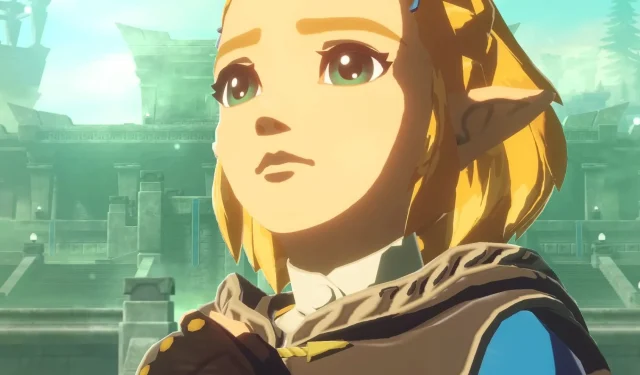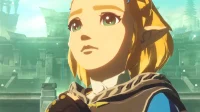The announcement of Hyrule Warriors: Age of Imprisonment signifies that the franchise remains deeply intertwined with the universe of Tears of the Kingdom (TOTK), potentially shedding light on unresolved enigmas from the game. While TOTK captivated audiences with its expansive world and captivating gameplay, there are still numerous aspects of its lore that demand clarity. The upcoming installment in the Hyrule Warriors series could be the key to addressing these unanswered questions, ultimately enriching the narrative of not only TOTK but also Breath of the Wild.
The absence of downloadable content (DLC) for TOTK, coupled with the decision to release Echoes of Wisdom instead of an immediate sequel, left many players longing for answers to the game’s lingering mysteries. The realization that these peculiar details might remain unexplored was disheartening for fans. Nevertheless, the confirmation of the new Hyrule Warriors title for the Switch 2 rekindles hope for a comprehensive understanding of the peculiar elements embedded in TOTK.
Age of Imprisonment: A Treasure Trove of Zelda Lore
A Premise Rich in Context for Tears of the Kingdom
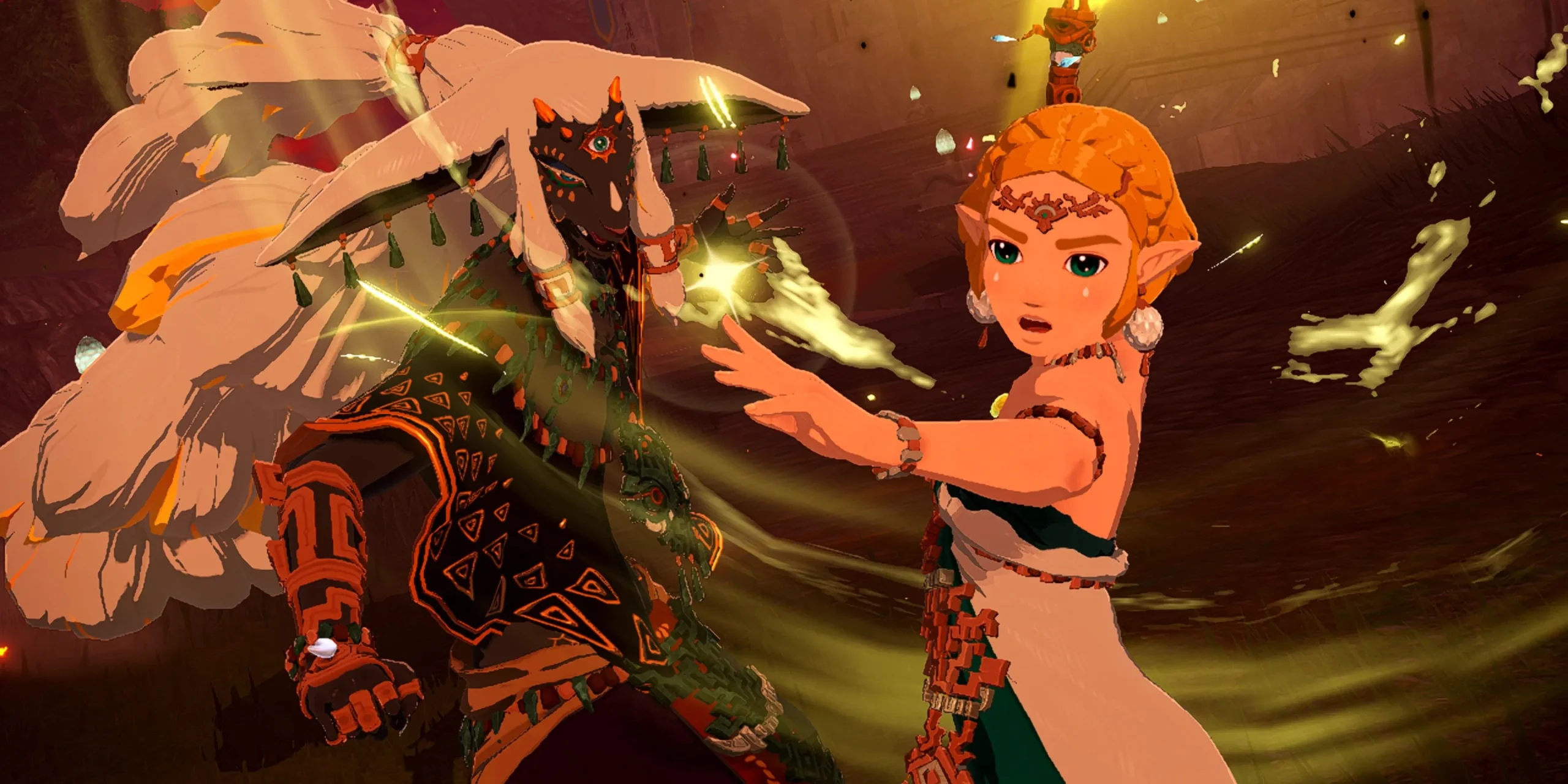
Set within a pivotal timeframe, Age of Imprisonment stands poised to deepen the lore of TOTK by exploring Zelda’s formative years in this version of Hyrule alongside King Rauru and Queen Sonia. Although TOTK places significant emphasis on the Zonai civilization, many questions about their decline remain unanswered. For instance, the narrative does not adequately explain the reasons behind Rauru and Mineru becoming the last representatives of their people.
Moreover, after the untimely demise of Rauru and Sonia, a conspicuous absence of a clear successor to the throne leaves fans pondering the legitimacy of Hyrule’s royal line, as it is evident that Zelda eventually emerged from it. A narrative set in this era will allow for profound character exploration, potentially introducing a child of Rauru and Sonia, which could resolve a significant gap in TOTK’s story while opening doors to other revelations.
Mysterious Elements in TOTK: The Master Sword and the Ancient Hero
Intriguing Unresolved Details
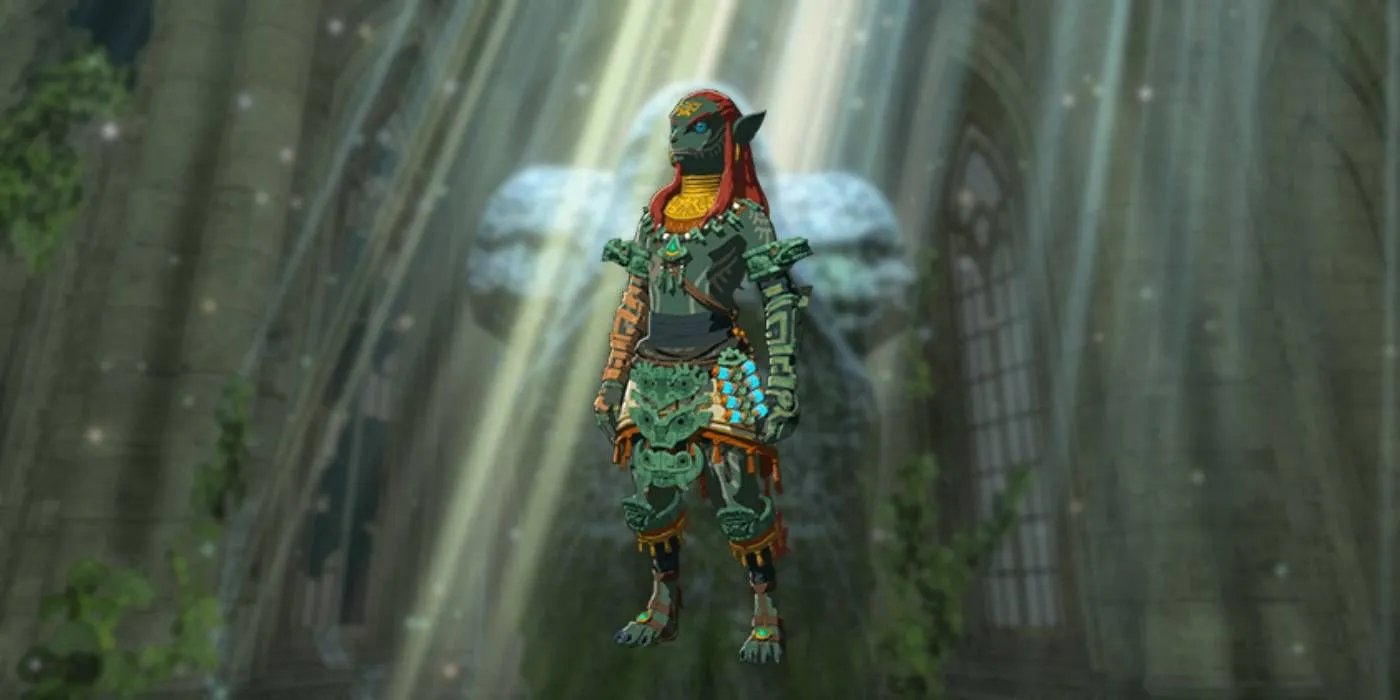
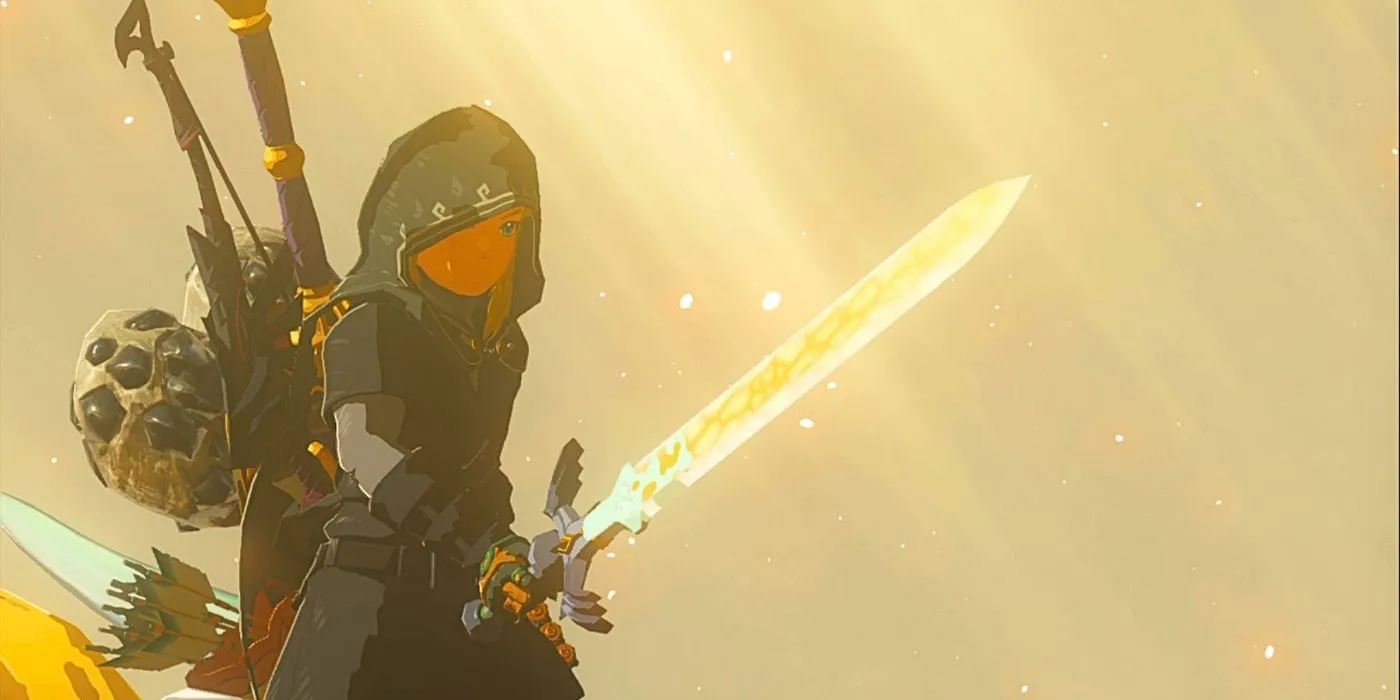
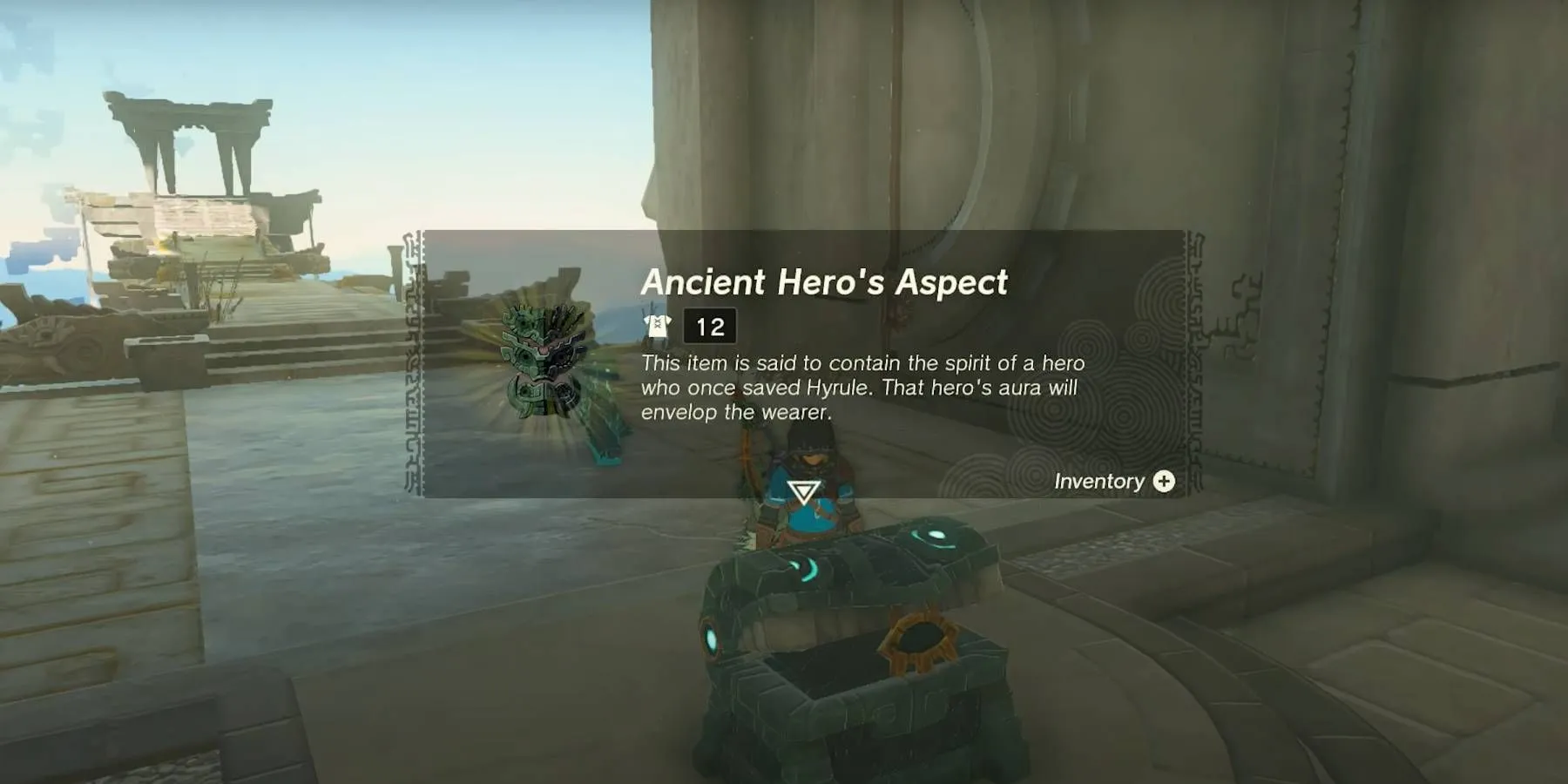
Among the most captivating mysteries in TOTK are the narratives surrounding the Master Sword and the Ancient Hero. Once restored, the Master Sword behaves like a standard weapon, yet its blade is adorned with mysterious Zonai runes. The origin of these markings, whether a result of Fusion or indicative of a deeper connection with the Zonai, remains ambiguous.
Equally enigmatic is the Ancient Hero’s Aspect, the most peculiar armor set in the game due to its striking design. When donned, it drastically alters Link’s appearance, suggesting that the Ancient Hero who battled Calamity Ganon millennia prior was not entirely Hylian. His unique appearance hints at possible Zonai ancestry, sharing certain stylistic traits with Rauru and Mineru, albeit with distinct differences.
I greatly anticipate that Age of Imprisonment will provide satisfying resolutions to these lingering mysteries or, at the very least, offer insights that enhance our understanding of the game’s rich lore. While I understand that some information may have been lost to time, it can be frustrating when such intriguing anomalies remain unexplained. Given the historical context of this new game, it might even explore theories regarding older iterations of Hyrule, delivering much-needed closure to fans.
Examining the Imprisoning War: A Deeper Dive
Unveiling More Than TOTK’s Dragon’s Tears
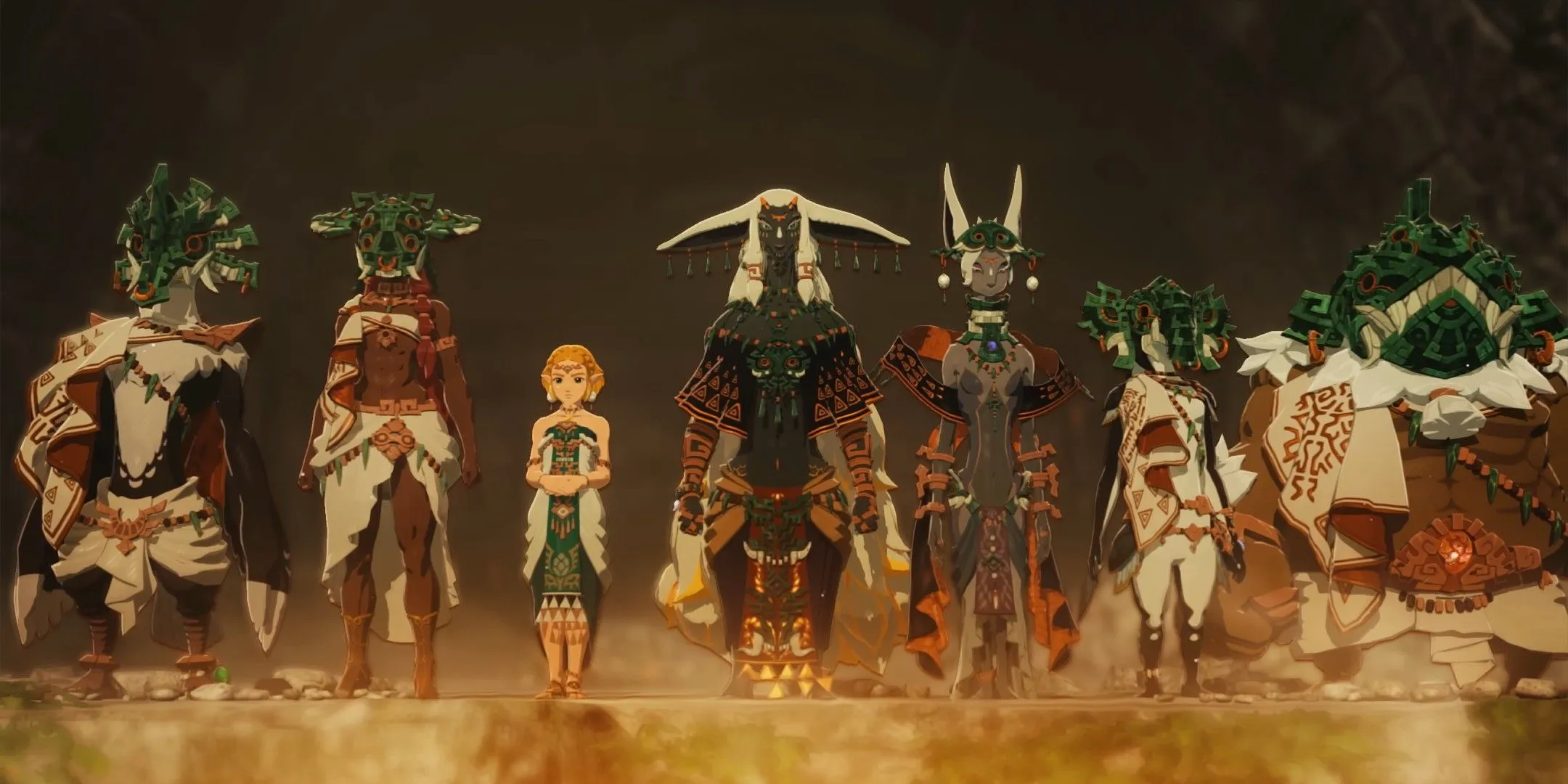
Furthermore, it’s essential to point out that the narrative of the Imprisoning War was only superficially covered in TOTK’s memories. The game notably refrained from naming the four Ancient Sages, despite their clear visual homage to the four Divine Beasts from Breath of the Wild. Age of Imprisonment is expected to rectify this oversight, likely featuring these characters more prominently in its storyline while also delving into the ancient cultures that shaped Hyrule’s diverse races.
The Ancient Sages may indeed serve as the inspiration behind the Divine Beasts, an interesting connection given their origins as namesakes rooted in earlier franchise lore.
While the impending game might not guarantee all mysteries will be resolved, it is undoubtedly in the best position to illuminate these aspects. With the Zonai being extinct in the current timeline, the likelihood of exploring their civilization in future titles seems minimal. Unless future games meander back to the height of Zonai culture, Hyrule Warriors: Age of Imprisonment stands as a unique opportunity to provide clarity to the enigmas that are profoundly linked with them—something I sincerely hope will come to fruition.
